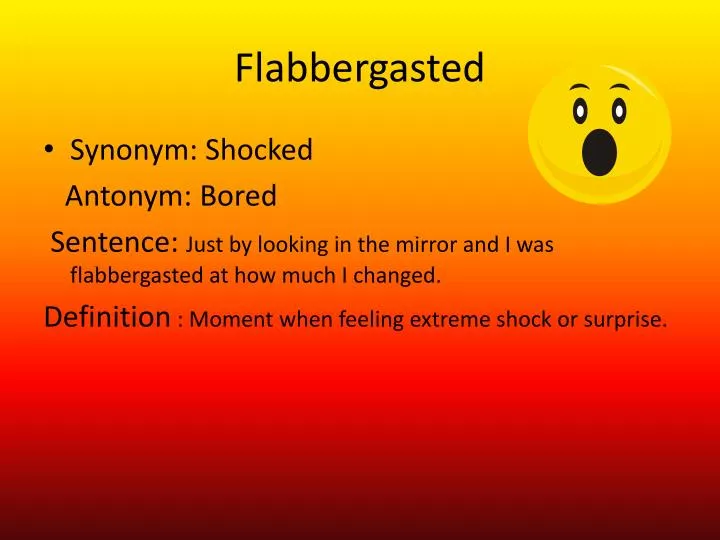
* * * *
Since the COVID hit – some 27 weeks ago* – I’ve been watching a lot of Great Courses Plus on TV. (Instead of cable TV, which I don’t have, or old DVDs.) One of those Great Courses – the lecture on Understanding the Old Testament – was a real eye-opener.

In Lecture 8 of the course – “The Covenant Code in Exodus” – Professor Robert D. Miller II, PhD cited Raymond Westbrook. Westbrook said the so-called “law codes” of Old Testament times were not – strictly speaking – statutory commands like the ones we know today. Instead they were the equivalent of school texts, “as if you’re teaching someone law.” He noted that in law school, teachers often start with borderline, theoretical scenarios. By starting with such “weird cases,” students can then move on to more-easily solved “ordinary” real-life situations.
One such “weird case” in the Bible – Miller said – was Exodus 21:22. (Basically asking, “how often do ‘men strive’ and injure a pregnant women?” The passage is addressed further below.) Starting with that unlikely scenario, a professor could move on to endless hypothetical examples. And all of them would be ripe with potential of educating people about the law. (Another note: Miller began the segment by saying such ancient Near-Eastern codes – like the Code of Hammurabi, strikingly similar to parts of the Torah – were never intended to be a “binding law code.”)
Miller went on to say that many such ancient law codes look more like a “Babylonian medical curriculum,” in that they were “descriptive, not prescriptive.” And finally he noted that the true meaning of Torah in Hebrew was closer to “instruction” or “teaching” rather than “The Law.” See also Torah – Definition (from Torah Resources International), which notes the “torah is, therefore, in the strict sense instruction designed to teach us the truth about God. Torah means direction,teaching, instruction,or doctrine.”
So instead of “law” as we understand that word today, much of the Torah is – according to Miller and Westbrook – more closely related to “school texts,” “curriculum,” “teaching,” and “hypotheticals.” Which brings up the “weird case” noted above – Exodus 21:22 – along with Book of Job as a whole.

I mention the Book of Job because – since Thursday, August 20 – I’ve been reading that book as the Old Testament Daily Office Readings (via Satucket). And those rather depressing readings continued until last Friday, September 18. (When the OT readings switched to Esther 1:1-4,10-19, “or Judith 4:1-15.”) Which brings up a problem I’ve always had with Job. (“Imaged” at right.)
I’ve always felt the book is based on an impossible premise. That premise? That Job alone – of all the people in world history, aside from Jesus Christ Himself – is totally without sin. And that’s contrary to a point made repeatedly in the Bible, that no one – aside from Jesus Himself – is without sin. (See 1st John 1:8 “If we say we have no sin, we deceive ourselves,” along with Romans 3:10-12,Psalm 14:1-3,Psalm 53:1-3, all saying “there is none who is righteous, no not one.”)
In other words, the Book of Job does seem to be a “hypothetical,” as Miller and Westbrook noted. See Hypotheticals – Wikipedia, referring to “possible situations, statements or questions about something imaginary rather than something real.” In other words hypotheticals deal with the concept of “what if?” (As in, “What if there were a man – besides Jesus – who was totally without sin, yet bad things kept happening to him?”) In turn they are important learning tools “because they provide a means for understanding what we would do if the world was different.”
I’ve discussed the Book of Job in earlier posts, included in the notes, but getting back to the OT reading mentioned above, Exodus 21:22: It too seems more like a possible “hypothetical situation,” of the type law students dissect in their course studies. (Again, asking the question, “how often do ‘men strive’ and injure a pregnant women?”)
Which brings up the case study method that law schools are known for: The teaching method using “decision-forcing cases to put students in the role of people who were faced with difficult decisions at some point in the past.” Put another way, unlike other teaching methods, “the case method requires that instructors refrain from providing their own opinions about the decisions in question. Rather, the chief task of instructors who use the case method is asking students to devise, describe, and defend solutions to the problems presented by each case.”
In other words both Exodus 21:22 and Job seem to be “hypotheticals,” designed to teach students how to work with “the Law,” rather than a set of hard and fast “laws” to be followed literally. (Consider Job 10:18, “Why did you deliver me from my mother’s womb? Why didn’t you let me die at birth?” Taken out of context, or too literally, it could cause no end of trouble…)
Which may be why Jesus “opened their minds so they could understand the Scriptures.”
* * * *
But getting back to ongoing Bible readings – and the Liturgical year (including feast days): There are three big feast days this month. The first – Monday, September 14 – was Holy Cross Day, one of several Feasts of the Cross commemorating the cross “in the crucifixion of Jesus.”
In English, it is called The Exaltation of the Holy Cross in the official translation of the Roman Missal, while the 1973 translation called it The Triumph of the Cross. In some parts of the Anglican Communion the feast is called Holy Cross Day…
See On Holy Cross, Matthew, and Michael – “Archangel.” As another aside, the Feast day for St Matthew, Evangelist is coming up on Monday, September 21, and the Feast of St Michael and All Angels will be Wednesday, September 29. The latter featured a painting (below), “Archangel Michael reaching to save souls in purgatory.” To which I responded:
“Hey, I’ll take all the help I can get!”
* * * *

* * * *
The upper image is courtesy of Law School Case Brief – Image Results. It accompanies a video, “Law School: How to Brief a Case – YouTube.”
As to weeks of “the Covid,” see On St. Philip and St. James – May, 2020. I explained that, to me “the pandemic hit full swing – the ‘stuff really hit the fan’ – on Thursday, March 12,” when the ACC basketball tournament got cancelled, along with other major sports. “So my definition of the ‘First Full Week of the Covid-19 Pandemic’ has it starting on Sunday, March 15 and ending on Saturday the 21st.” For my weekly-quotas, the week from Monday, March 16 to Sunday night, March 22d.
Re: Understanding the Old Testament, Robert D. Miller II, PhD, Lecture 8, The Covenant Code in Exodus. To access more information go to Great Courses Plus – Start Learning Online Today.
Re: Job as “‘imaged’ at right.” Courtesy of the Wikipedia article, the full caption: “Carved wooden figure of Job. Probably from Germany, 1750–1850 CE. The Wellcome Collection, London.”
For more on hypotheticals – in the “law school” sense – see Legal definition of Hypothetical Question: “A mixture of assumed or established facts and circumstances, developed in the form of a coherent and specific situation, which is presented to an expert witness at a trial to elicit his or her opinion.“ (The “coherent a nd specific” errata were in the original.
Further, such a question “contains a mixture of assumed or established facts or circumstances, in the form of a coherent and specific situation, presented to an expert witness at trial to elicit his or her opinion.” And such a question “includes all the facts in evidence needed to form an opinion.” Then, based on the assumption that those facts are true, “the witness is asked whether he or she can arrive at an opinion, and if so, to state it.”
Re: Exodus 21:22: The complete passage goes on to verses 23-25:
22 If men who are fighting strike a pregnant woman and her child is born prematurely, but there is no further injury, he shall surely be fined as the woman’s husband demands and as the court allows. 23 But if a serious injury results, then you must require a life for a life – 24 eye for eye, tooth for tooth, hand for hand, foot for foot, 25 burn for burn, wound for wound, and stripe for stripe.
Note that this “Lex talionis” or an eye for an eye was a rule of limitation. requiring the perpetrator be punished only as much as the victim suffered, as opposed to unlimited or ongoing revenge. “Without it, a wrongful injury might give rise to wrongful retaliatory injuries in excess of the original loss or harm, which, in turn, would be retaliated for, and so on ad infinitum.” The ‘lex talionis’ before and after criminal law. Note too this passage has been used on both sides of the abortion debate. (Google “exodus 21:22 abortion.”)
Re: Earlier posts on the Book of Job. See On Job, the not-so-patient, from 2014, and On “Job the not patient” – REDUX, from 2015. I just reviewed the latter post just before publishing this post, and it’s worth doing another redux in the near future. The ending: “[A]s Isaac Asimov put it, ‘At the end of God’s speech, Job realizes divine omnipotence and understands the folly or trying to penetrate God’s plan and purposes with the limited mind of a human being.’ (487) And that’s a lesson we need to keep on learning…” (This was right after noting an image that humans are no more prepared to comprehend the full measure of God’s power than “cats are prepared to study calculus.”)
The lower image is courtesy of the Wikipedia article, with the full caption: “Guido Reni‘s painting in Santa Maria della Concezione, Rome, 1636 is also reproduced in mosaic at the St. Michael Altar in St. Peter’s Basilica, in the Vatican.” See also Purgatory – Wikipedia, about the “intermediate state after physical death for expiatory purification.” In other words, instead of the two “pass/fail” options of heaven and hell, “purgatory” provides a third alternative, a temporary place where one undergoes a purifying “fire” that is “expiatory and purifying not punitive like hell fire.”


